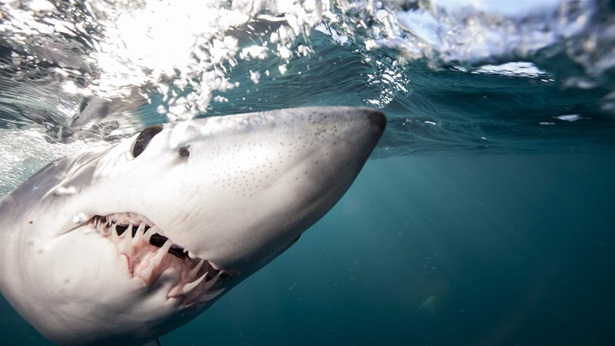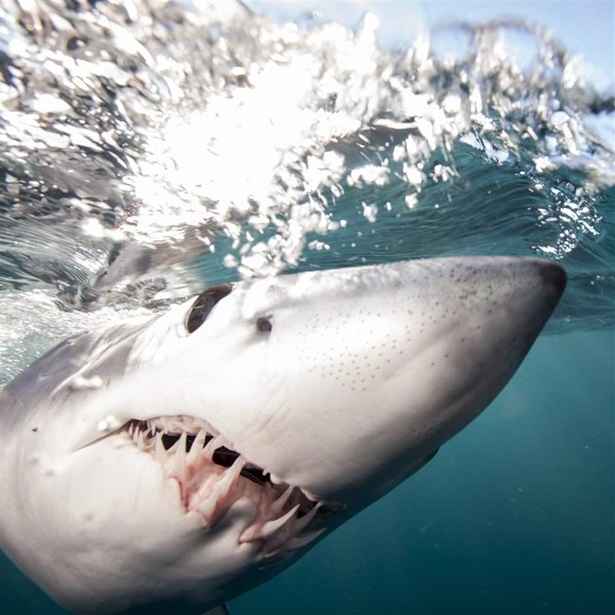To Save Endangered Shark, Atlantic Ocean Fishery Managers Must Act Now
Periodic closures, fishing gear modifications, and no-retention measures would help shortfin mako recover
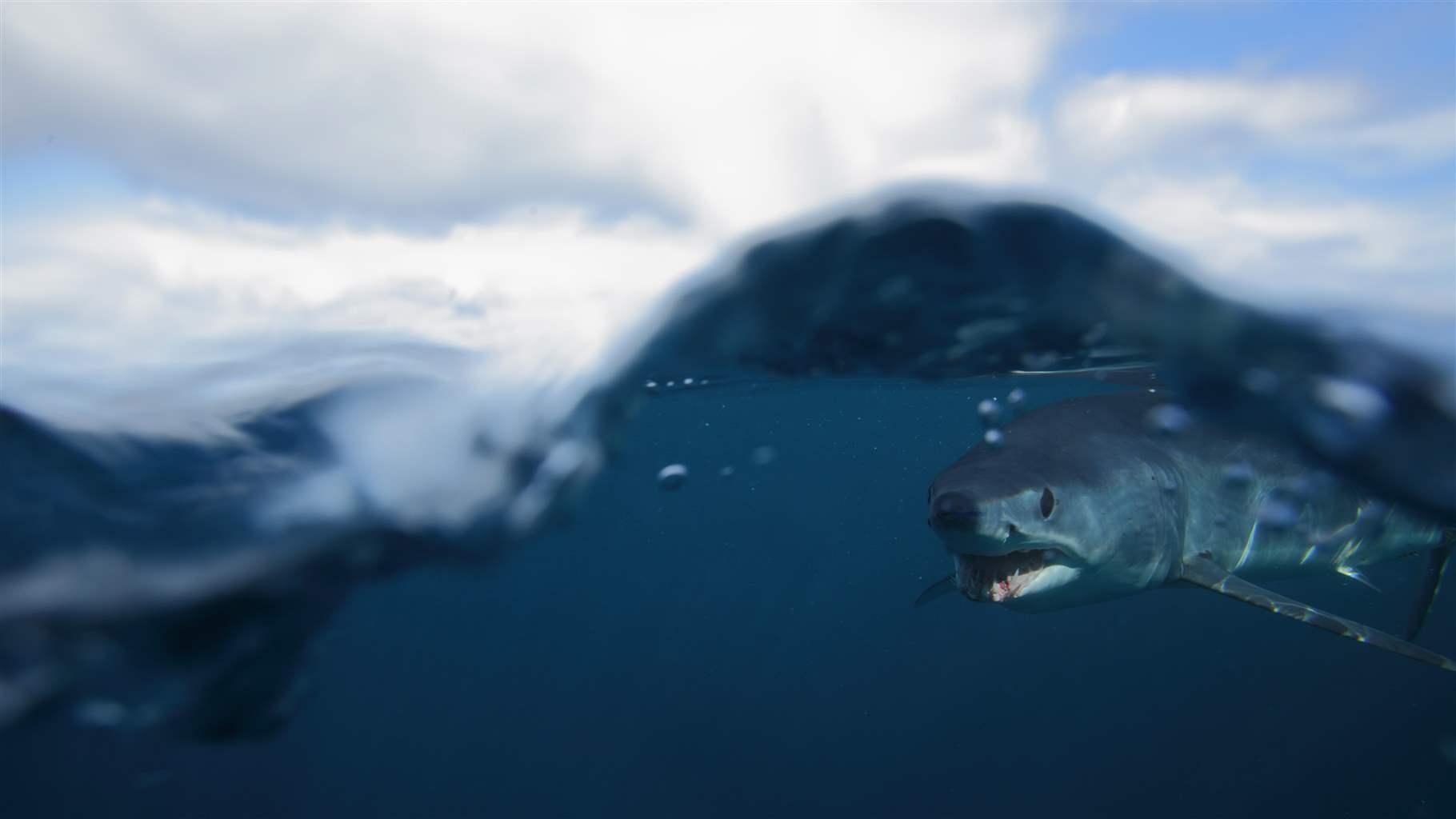
In November, regional fisheries managers once again face a decision on whether they will unite to support the recovery of the North Atlantic shortfin mako shark—a population not targeted commercially but on the verge of collapse due to decades of being collateral damage on longline fisheries targeting blue shark and swordfish.
Adoption of recovery plan for mako is long overdue
In 2019, scientists with the International Commission for the Conservation of Atlantic Tunas (ICCAT) recommended a total ban on retention of North Atlantic shortfin makos by fishing vessels. Scientists also noted the need for additional management measures, such as fishing restrictions for specific times and places—called time-area closures—longline gear modifications, and a requirement that any shortfin makos caught are released alive and handled in a manner that improves their likelihood of survival. Despite the recommendations of ICCAT scientists, governments have repeatedly delayed taking necessary actions, including during a July meeting dedicated to addressing this management failure. The commission will hold its virtual annual meeting 15-23 Nov.
Rebuilding the endangered mako population will now require a multipronged approach, with the science highlighting the need for a drastic reduction in catch. Among the needed steps are measures to tackle bycatch, such as a ban on retaining makos and gear changes to reduce the likelihood of accidental catch. In addition, new research also provides more support for time-area closures as another tool to help this species recover.
Why time-area closures work
Time-area closures prohibit fishing activity in some areas during certain times of the year to protect vulnerable species or habitats. While the use of modified longline gear would reduce mortality of makos if caught, time-area closures prevent many shortfin makos from being hooked in the first place. The case for time-area closures for sharks is growing, including a forthcoming paper that, using publicly available ICCAT data, concludes that it is possible to identify areas where shortfin mako catch can be reduced more substantially and more quickly than the catch of the targeted swordfish and blue sharks in the North Atlantic.
While the data isn’t detailed enough to serve as the sole basis for specific time-area closures to benefit makos, the paper identifies some areas where benefits could outweigh the drop in targeted catch. And when these areas overlap with possible nursery grounds (e.g., the waters around the Canary Islands and the northwestern African coast), potential conservation benefits would be amplified. Closing such areas to all longline fishing would provide additional protection for juveniles and the largest reproductive females, both of which are present in nursery areas. Used together with no retention measures, time-area closures clearly can help rebuild the shortfin mako shark population.
Comprehensive measures needed
Managers should consider time-area closures only in addition to a no retention measure, not instead of one. Greater data sharing and transparency—and more research—are needed to identify and design effective closures, which maximize catch of targeted populations while minimizing bycatch of makos.
One thing is clear: As governments prepare for ICCAT’s annual meeting this November, it is critical they finally come to agreement on the necessary measures to sufficiently reduce mortality of mako sharks in Atlantic fisheries. A multipronged management approach that includes no retention plus mitigation measures, such as time-area closures, is necessary to first slow the ongoing decline of makos and, at some point, help rebuild the North Atlantic population.
KerriLynn Miller is an associate manager and Grantly Galland is a senior officer with The Pew Charitable Trusts’ international fisheries project.


America’s Overdose Crisis
Sign up for our five-email course explaining the overdose crisis in America, the state of treatment access, and ways to improve care
Sign up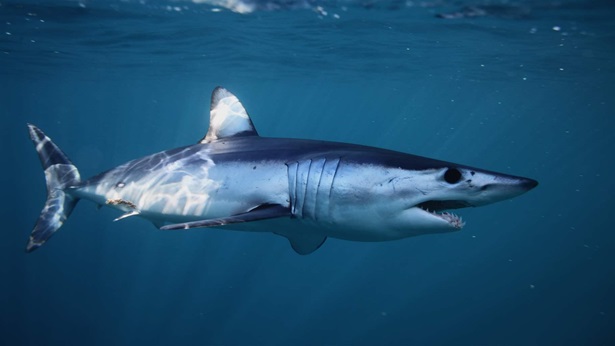
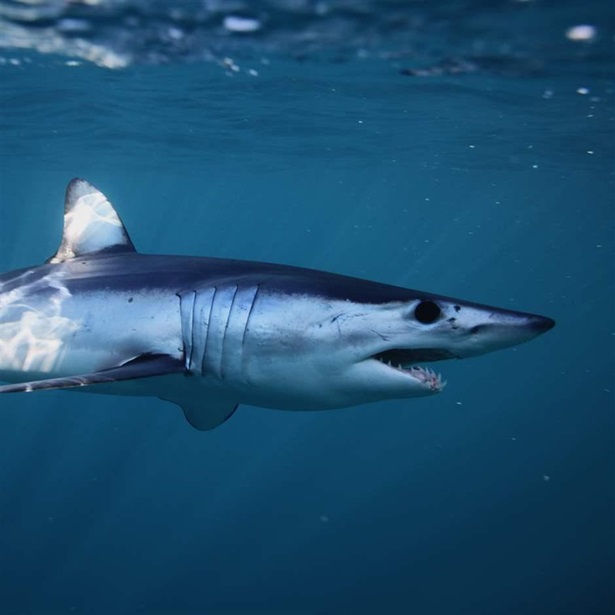
North Atlantic Shortfin Mako Sharks Need Conservation
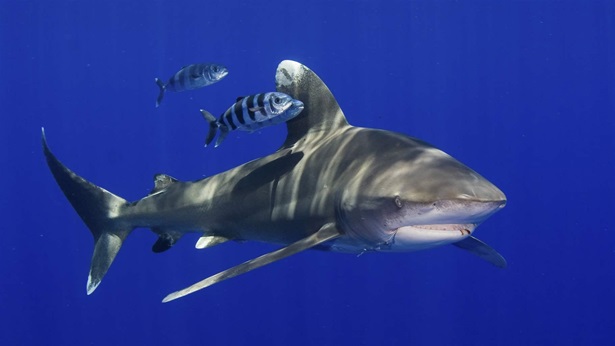
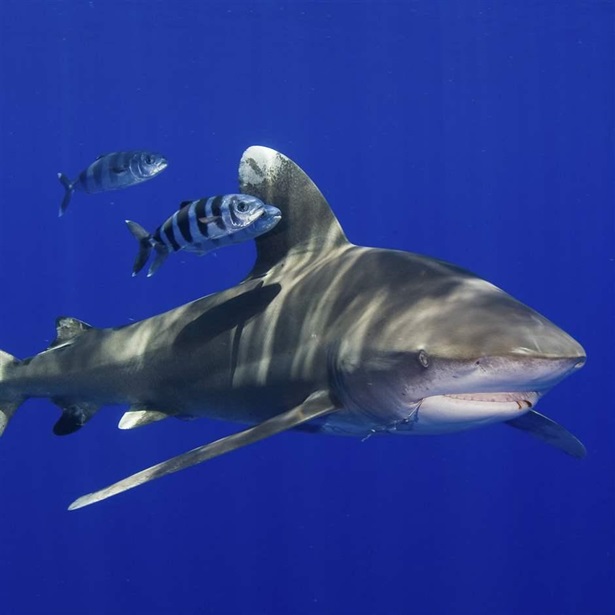
Decline in Shark Populations Requires Stricter Conservation
